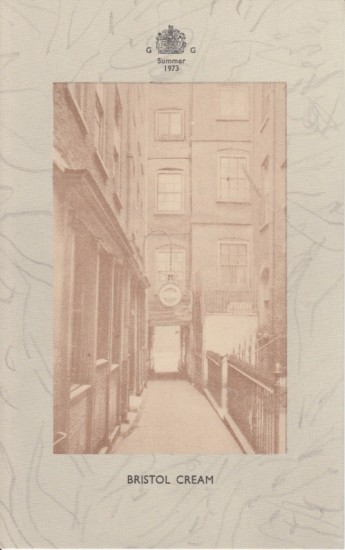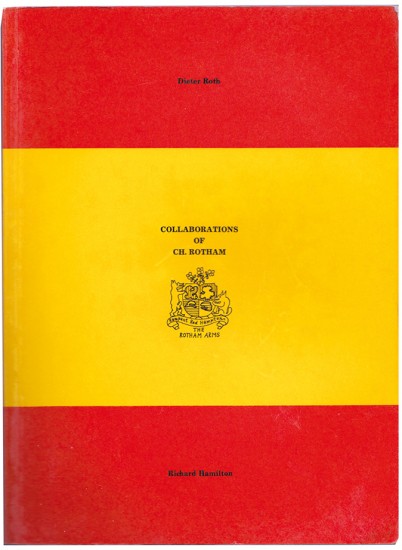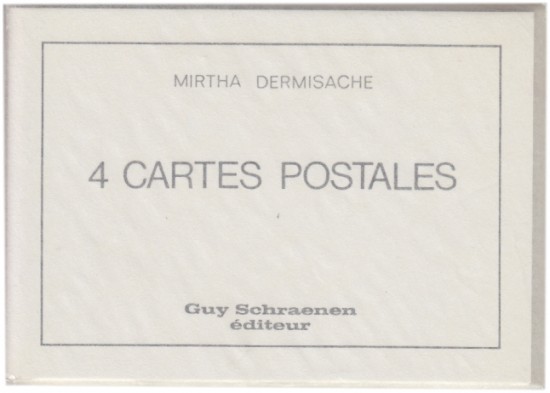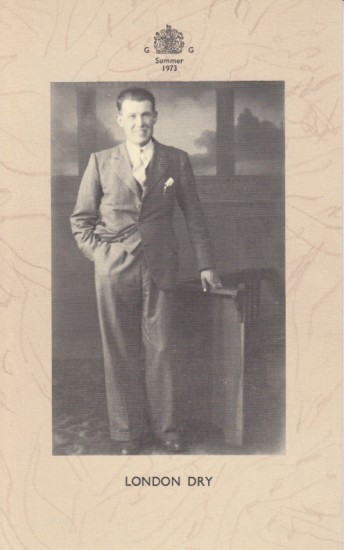Al-'ahd al-jadid li-rabbina Yasu' al-masih wa-aydan wasaya Allah al-'ashr kama fi al-ashah al-ashrin min safar al-kharuj. (The New Testament of Our Lord Jesus Christ ... &c.)
Negri, Salomon, (Sulaiman Ibn Ya'kub al-Shami al-Salihani), Ed
(London). (Society for the Promotion of Christian Knowledge). 1727
Sold
First edition of the first separate English printing of the New Testament in Arabic.
Intended for export to the Arabic-speaking world and the Levant, this edition of the New Testament in Arabic, together with an edition of the Psalter published in 1725, was the work of two Syrian Christians, Salomon Negri from Damascus and, albeit to a lesser extent, Carolus Dadichi from Aleppo. George Sale, the translator of the Koran into English, who plausibly perfected his Arabic under instruction from Negri, also worked on the publication of the New Testament, having been appointed corrector for the SPCK in 1726. The calligraphic title-page for the work is also by George Sale; the original calligraphy is preserved among the SPCK papers at Cambridge. The text for the work is taken from Walton's Polyglot (published in 1657) with some changes made at the behest of the SPCK to reflect variations. The Society commissioned a new Arabic type for the printing, cut by William Caslon (see below), his first major commission and achievement in the field.
Sources cite an initial edition of 10,000 copies of the New Testament but since the majority were exported the work is rare. We can locate only two copies at auction in the last 35 years: the Doheny copy and that from the library of the Earls of Macclesfield. In institutional terms, COPAC locates six copies in UK institutions while WorldCat locates five copies in Germany, two in Switzerland, two in the US and one in Denmark.
'This edition is very scarce, for though 10,000 copies were printed, none were sold in Europe, but only a few were sent as presents to some of the learned.' (Johann David Michaelis, Introduction to the New Testament, 1802).
' ... in 1721-22, his [William Caslon's] first major task as a punch-cutter had been to cut a completely new set of Arabic characters for an edition of the Psalms prepared by the SPCK. This type-face was modelled directly on Granjon's famous Arabic type used in the late sixteenth century by the Medici Oriental Press in Rome, and it was executed under the guidance of Salomon Negri, a Syrian Christian scholar resident in London ... Caslon... with great skill cut a set of punches in the smaller 'English' size, which aroused great admiration. They became part of the standard range of types on offer from the Caslon foundry for the next century or more ... '. (Geoffrey Roper, Arabic Printing and Publishing in England Before 1820).
[PROVENANCE: Contemporary library location numbers in black ink to front (rear) pastedown; nineteenth century accession details in black ink to front (rear) free endpaper: 'Schol. Gustron / accessit / 1821'; later inscription in blue ink to same: 'Biblia Arabica / New Testament / (London) 1727/ [vgl Brit. Mus. Cat. Bibles II, 1243]'].
Intended for export to the Arabic-speaking world and the Levant, this edition of the New Testament in Arabic, together with an edition of the Psalter published in 1725, was the work of two Syrian Christians, Salomon Negri from Damascus and, albeit to a lesser extent, Carolus Dadichi from Aleppo. George Sale, the translator of the Koran into English, who plausibly perfected his Arabic under instruction from Negri, also worked on the publication of the New Testament, having been appointed corrector for the SPCK in 1726. The calligraphic title-page for the work is also by George Sale; the original calligraphy is preserved among the SPCK papers at Cambridge. The text for the work is taken from Walton's Polyglot (published in 1657) with some changes made at the behest of the SPCK to reflect variations. The Society commissioned a new Arabic type for the printing, cut by William Caslon (see below), his first major commission and achievement in the field.
Sources cite an initial edition of 10,000 copies of the New Testament but since the majority were exported the work is rare. We can locate only two copies at auction in the last 35 years: the Doheny copy and that from the library of the Earls of Macclesfield. In institutional terms, COPAC locates six copies in UK institutions while WorldCat locates five copies in Germany, two in Switzerland, two in the US and one in Denmark.
'This edition is very scarce, for though 10,000 copies were printed, none were sold in Europe, but only a few were sent as presents to some of the learned.' (Johann David Michaelis, Introduction to the New Testament, 1802).
' ... in 1721-22, his [William Caslon's] first major task as a punch-cutter had been to cut a completely new set of Arabic characters for an edition of the Psalms prepared by the SPCK. This type-face was modelled directly on Granjon's famous Arabic type used in the late sixteenth century by the Medici Oriental Press in Rome, and it was executed under the guidance of Salomon Negri, a Syrian Christian scholar resident in London ... Caslon... with great skill cut a set of punches in the smaller 'English' size, which aroused great admiration. They became part of the standard range of types on offer from the Caslon foundry for the next century or more ... '. (Geoffrey Roper, Arabic Printing and Publishing in England Before 1820).
[PROVENANCE: Contemporary library location numbers in black ink to front (rear) pastedown; nineteenth century accession details in black ink to front (rear) free endpaper: 'Schol. Gustron / accessit / 1821'; later inscription in blue ink to same: 'Biblia Arabica / New Testament / (London) 1727/ [vgl Brit. Mus. Cat. Bibles II, 1243]'].
pp. 463, (i, blank), blank leaf with printed signatures '3M / 3M2'. Calligraphic Arabic title after George Sale, Arabic text and pagination throughout, text in double columns with running headline. 4to. (238 x 196 mm). Full contemporary calf, boards with double gilt ruled borders, banded spine with black morocco title label and gilt title ('Novum / Testamentem / Syriacum'), red speckled edges.
#41102










